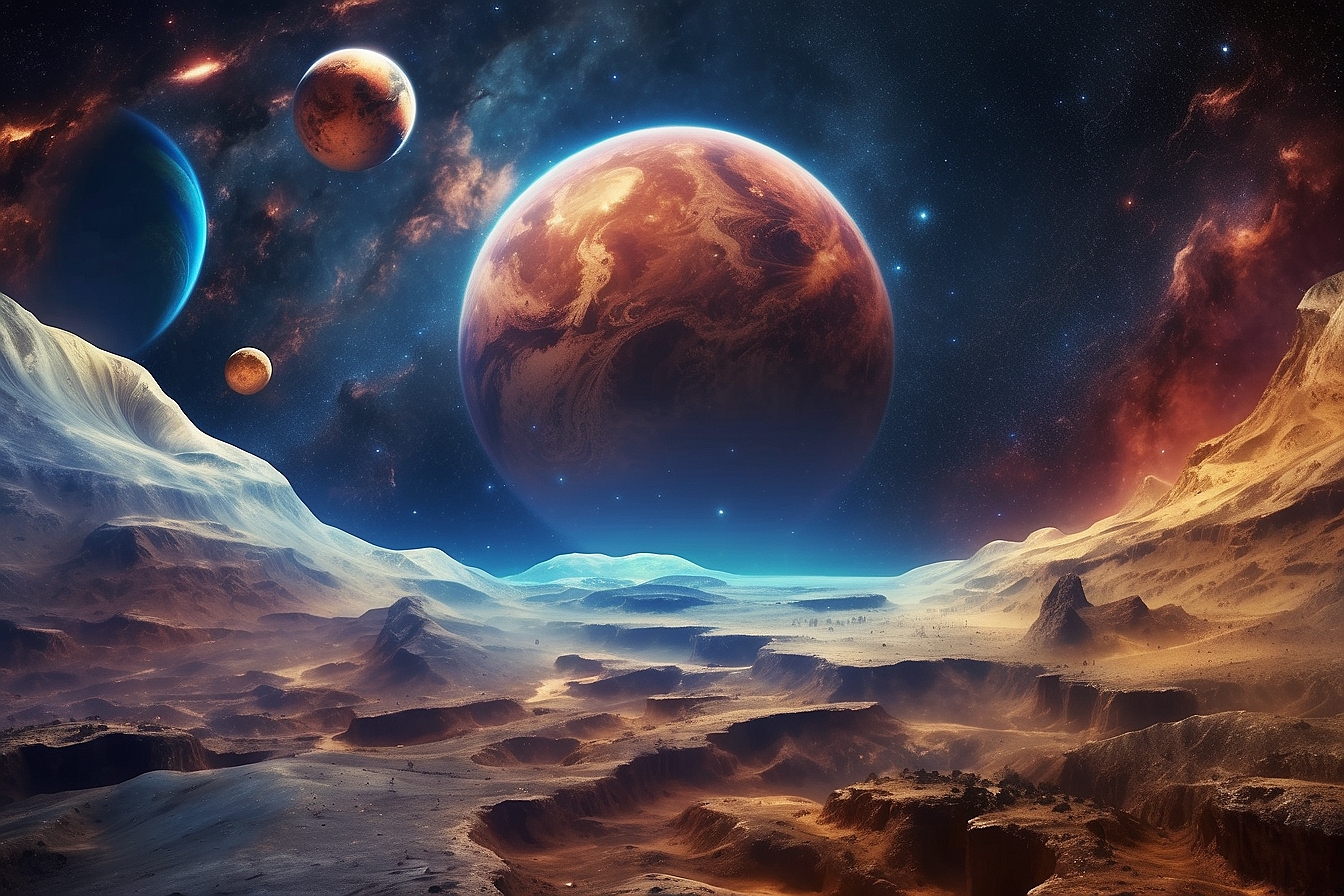
The art of space photography invites us to witness the universe’s grandeur through the capture of light from stars, planets, and distant celestial objects. It’s a discipline where art meets science, and the dark canvases of the cosmos are illuminated by the light of a billion suns. Space photography provides a visual gateway to understanding the complexities and beauties of the universe, allowing us to document and share cosmic phenomena that are often invisible to the naked eye.
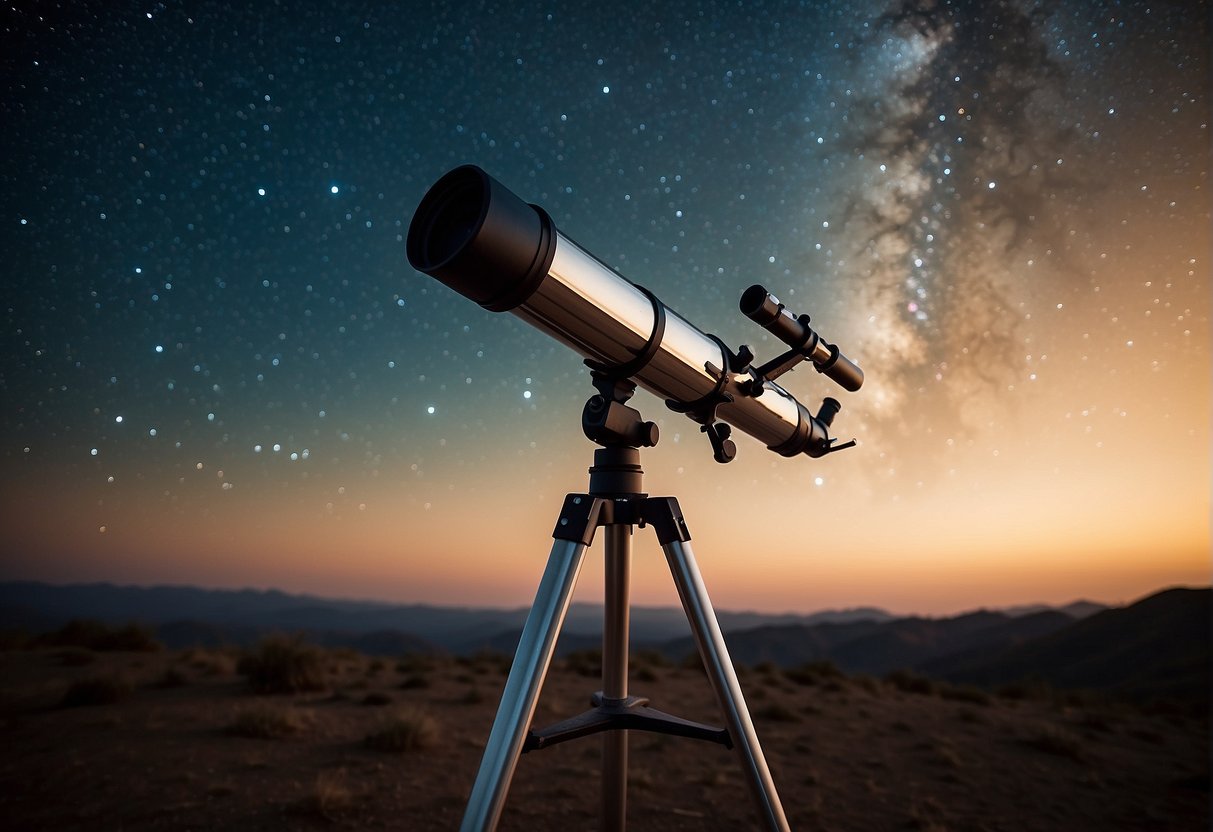
With specialized equipment and techniques, photographers harness light to create stunning representations of deep space. The process often begins long before the shutter clicks, involving meticulous planning and an understanding of celestial mechanics. From the soft nebulosity of a distant galaxy to the crisp silhouettes of our solar system’s planets, each image tells a story of time, scale, and the laws that govern the void beyond our atmosphere. It is through this careful orchestration of technology and skill that the fleeting beauty of the universe is frozen in time.
In space photography, the right equipment is vital for capturing clear and detailed images of the cosmos. The following subsections detail specific gear and settings essential for astrophotography.
The choice of camera is critical in astrophotography. Professionals often use a DSLR or a mirrorless camera due to their large sensors and ability to change lenses. It’s important to select a camera that performs well at high ISO with low noise to capture the faint light of stars. Cameras with a “bulb” mode for long exposure times and the ability to manually adjust focus and aperture are preferred choices.
For high-resolution images of celestial objects, a telescope acts as a powerful lens. Astrophotographers frequently use a space telescope or a telescope with an equatorial mount to track the movement of the stars due to earth’s rotation. Attachments like a T-ring connect the camera to the telescope, aligning the camera’s sensor directly with the telescope’s eyepiece.
To reduce image blur, a sturdy tripod is essential, especially for long exposure times. An equatorial mount or a motorized tracking mount helps in compensating for Earth’s rotation, keeping the celestial object centered during long exposures.
Astrophotographers often employ various accessories to enhance image quality. These include filters to block light pollution, a remote shutter release or cable to avoid camera shake when taking pictures, and an intervalometer for time-lapse photography. For cooling the camera’s sensor during long exposures, a specialized cooling system might be used.
Mastering camera settings such as ISO, focus, exposure time, aperture, and shutter speed is important. A fast lens with a wide aperture allows more light to reach the sensor, making it possible to capture dim stars. Setting the correct focus is crucial, as even a slight deviation can lead to blurry images. The exposure time should be balanced with the celestial object’s motion to avoid star trails.
In astrophotography, mastery over certain techniques is essential to capture the essence of the cosmos. These methods aim to address the challenges of photographing objects that are often faint and always miles away from us.
Proper exposure is critical in astrophotography to reveal details of distant celestial bodies. Long exposures allow cameras to collect more light, which is indispensable when imaging stars and other far-off objects. However, too long of an exposure can introduce issues like star trails due to Earth’s rotation. To mitigate this, astrophotographers can use tracking mounts to align with the Earth’s axis and follow the stars’ apparent movement.
Achieving sharp focus in astrophotography can be challenging, given the vast distances and low light conditions. Often, focusing at infinity is the starting point, but slight adjustments are usually needed to obtain the sharpest image of stars as points of light. Using a camera’s live view mode at a high zoom level on a bright star can help refine focus.
Frame composition is where the art of photography intersects with the science of the night sky. The frame should be composed to include interesting celestial landmarks, which could be anything from the Milky Way to specific nebulae or galaxies. Often, including a piece of the landscape can provide a sense of scale and context for the cosmic phenomena in the image.
For those looking to go beyond basic star shots, there are advanced methods like HDR (High Dynamic Range) imaging and stacking multiple exposures. HDR can balance the light in very bright and very dark areas, while stacking can increase signal to noise ratio, providing cleaner images. Post-processing plays a crucial role here, where software is used to align, calibrate, and enhance final images, revealing the subtle details and beauty of the cosmos.
The techniques discussed, when applied effectively, transform simple night-sky snapshots into stunning astrophotographs that captivate and inspire anyone who sees them.
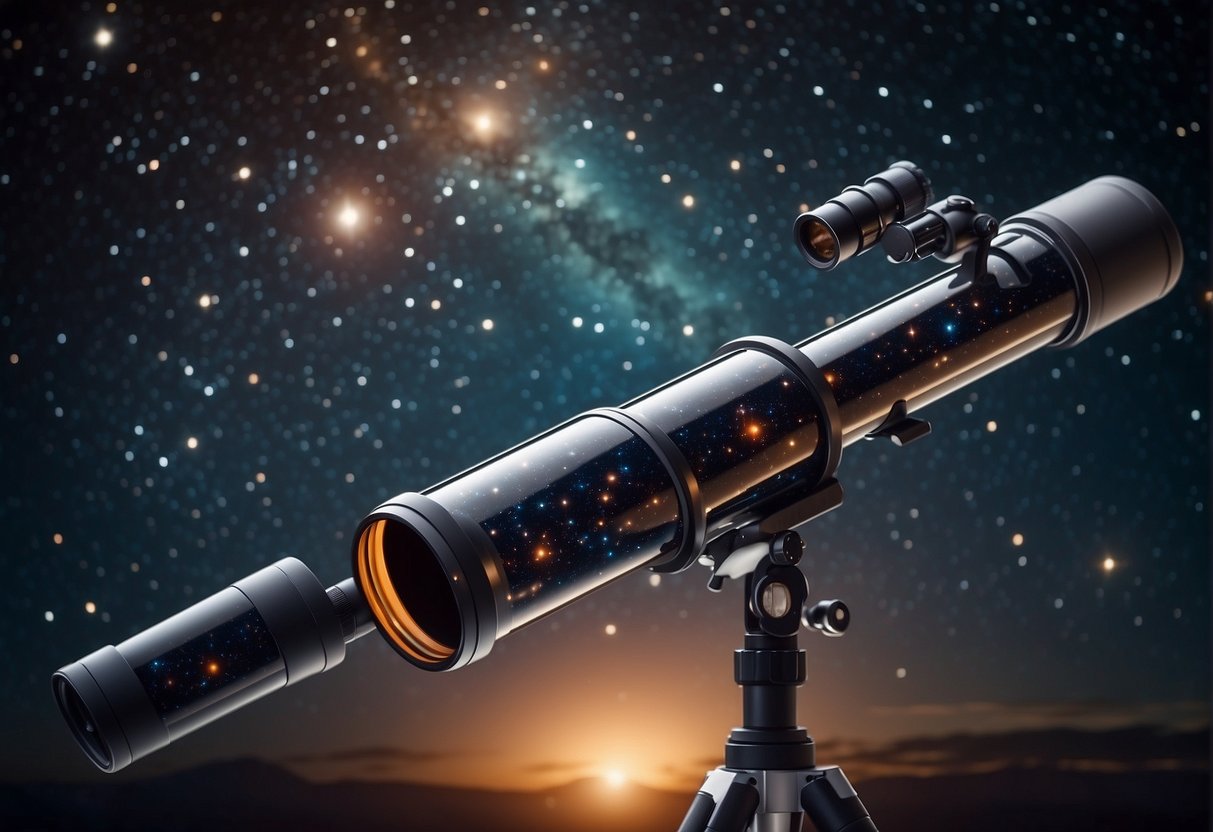
In the pursuit of space photography, understanding the interaction between light and celestial mechanics is vital. The nuances of capturing the universe are grounded in the science of physics and the behavior of light across vast distances.
Celestial movement refers to the observable motions of celestial objects as they traverse the night sky. These movements are predictable, governed by gravitational forces and the rotation of Earth on its axis. Observations of celestial movement over time result in star trails, which are the apparent paths that stars trace in the sky. For space photography, long exposure times are used to capture these trails, illustrating the passage of time.
Space is a vacuum where light travels undisrupted at a constant speed, covering approximately 299,792 kilometers per second. Unlike in an atmosphere, there is no air or medium to refract or scatter light, allowing it to travel across the universe for billions of years. The physics of light in space is a study of wavelengths and energy. Red light, for example, has a longer wavelength and is less prone to scattering, making distant celestial objects appear redshifted—a phenomenon known as the Doppler effect. In space photography, capturing these wavelengths accurately provides insights into the properties and motion of celestial objects.
Astronomical events offer dramatic subjects for space photography, from the sudden blaze of a meteor shower racing through the atmosphere to the serene assembly of a star cluster. Each event presents unique lighting challenges and opportunities. For instance, the faint glow of a galaxy requires a clear understanding of light sensitivity and exposure to reveal its structure. In contrast, a rocket launch might offer a bright and dynamic subject, where controlling for overexposure is key to capture the detail in the flames and plumes of smoke.
In the quest to capture the breathtaking vistas of outer space, photographers aim their lenses towards distant stars, majestic galaxies, intricate nebulae, the sweeping arch of the Milky Way, and the diverse range of planets within our solar system.
Photographing celestial bodies such as planets and moons combines the challenge of tracking moving objects with the need for precision and patience. Planetary astrophotographers use telescopes with high-resolution capabilities to document the dynamic surfaces and weather patterns of our neighboring planets. Images of the Milky Way illustrate the dense gatherings of stars that form our home galaxy, while galaxies themselves demand detailed long-exposure photos to reveal their characteristic shapes and colors.
Nebulae, vast clouds of dust and gas, are where new stars are born and represent some of the most artistically striking subjects in space photography. Their distinct forms and radiant hues require careful exposure settings and often benefit from specialized filters that can distinguish specific wavelengths of light emitted by the gaseous clouds.
When shooting these celestial wonders, it’s imperative to stay abreast of the latest advancements, like those captured by NASA’s James Webb Space Telescope, which provide deeper insights and more detailed imaging of space’s most elusive phenomena. As technology progresses, the art of capturing these distant objects continues to evolve, enabling both professional astrophotographers and enthusiasts to bring the universe’s splendor to a wider audience.
After capturing stunning images of the cosmos, photographers must process their data to reveal the full beauty and detail of the astronomical phenomena. Image processing is an essential step in space photography to enhance long exposures, reduce noise, and bring out the faint details of star trails and deep-space objects. Here are the specialized techniques and tools that play a pivotal role in transforming raw data into awe-inspiring depictions of our universe.
Space photography generates large volumes of image data that necessitate effective management strategies. Organization and backup are key to maintaining the integrity of astronomical images. Efficient data management includes cataloging images with clear naming conventions, backing up data on multiple hard drives, and implementing a consistent editing workflow.
For editing techniques, using tonal curves and texture overlays can significantly alter the mood and depth of an image. Adjusting tonal curves enhances contrast and corrects exposure, which is crucial for images that contain both very bright and very dark areas, as is common with pictures of space.
Image stacking is crucial for astrophotography, where single, long-exposure images can often fall short of capturing the full splendor of the night sky. By layering multiple exposures of the same scene, photographers can minimize noise and increase the signal-to-noise ratio. It is important to align images precisely to account for any movement and use blending modes that enhance the strengths of each layer.
This method enriches detail and sharpens astronomical images, making it indispensable for creating high-quality visuals of celestial bodies. It especially benefits the clarity and depth of images featuring star trails or detailed captures of nebulae and galaxies.
A variety of software tools are available that cater specifically to the needs of astrophotography post-processing. They offer advanced features for noise reduction, alignment, stacking, and detailed enhancement that can bring an astronomical image to life. Popular choices include Adobe Photoshop for intricate editing and specialist software like DeepSkyStacker for image stacking.
Using these software tools, photographers can manipulate aspects of the image that are not possible in-camera, like pushing the boundaries of an image’s dynamic range or fine-tuning colors to reflect the celestial subject’s true nature. Mastery of these tools is essential for astrophotographers to convey the awe-inspiring aspects of their captures, bridging the gap between science and visual art.
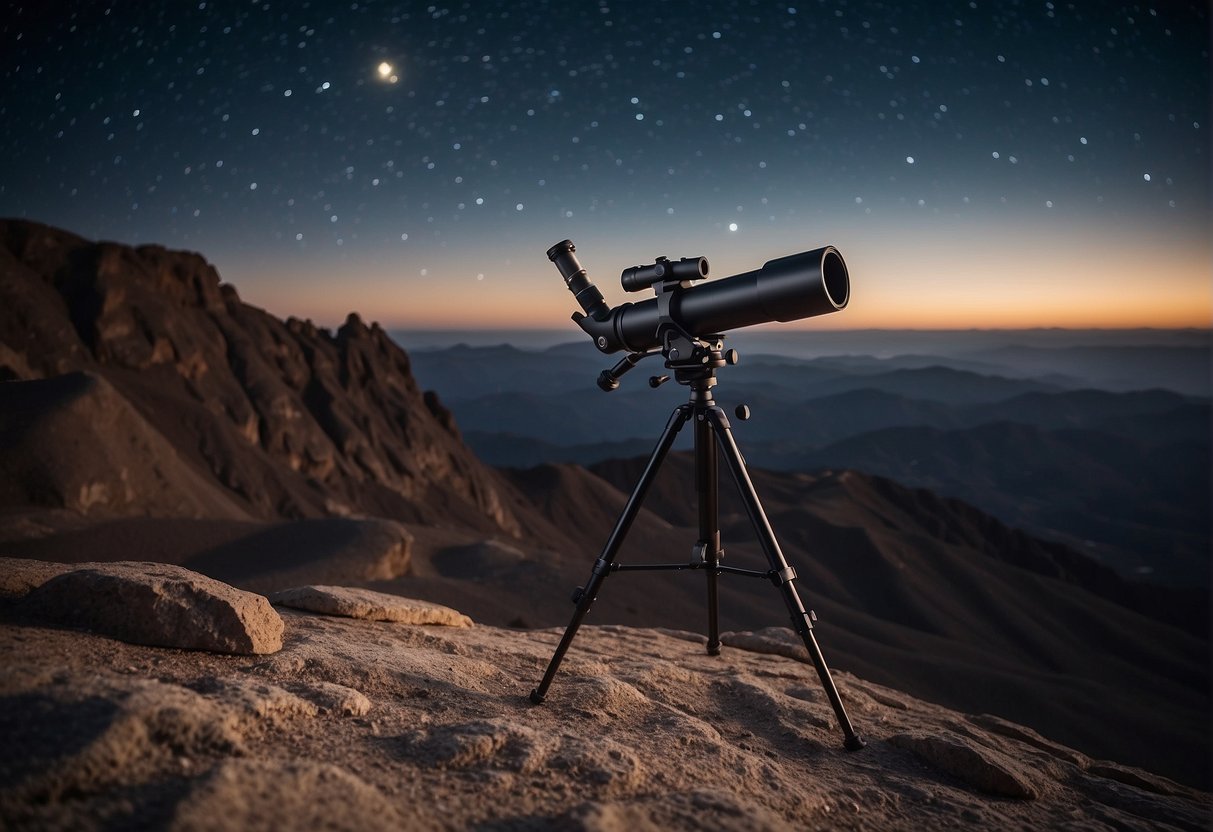
Before one can embark on the journey of space photography, significant planning and preparation are vital to capturing breathtaking images of the cosmos. This foundation sets the stage for successful astrophotography sessions, considering the technical aspects and natural variables that can influence the outcome.
Choosing the right location is a critical first step for any aspiring space photographer. One must seek areas with minimal light pollution to ensure the visibility of celestial objects. They should use tools like dark sky maps and consult with local astronomy clubs to find optimal sites. Social media can also be a valuable resource for recommendations and experiences from other space photography enthusiasts.
Weather plays a decisive role in the success of space photography. Clear skies free of clouds and atmospheric disturbances such as condensation are preferred for a clear view of the stars. Photographers should regularly check weather reports and make use of mobile applications that offer real-time atmospheric data. Understanding the impact of atmospheric conditions, governed by the physics of light and moisture, is crucial for planning a shoot.
Timing is everything in space photography. Photographers should plan their sessions around specific astronomical events, such as meteor showers or planet alignments, for dynamic images. Utilizing online resources and guidance from astronomy software can provide precise calculations for the position and movement of celestial bodies. Moreover, photographers must adjust their plans according to the time of year and latitude, aligning their goals with the rhythms of the universe.
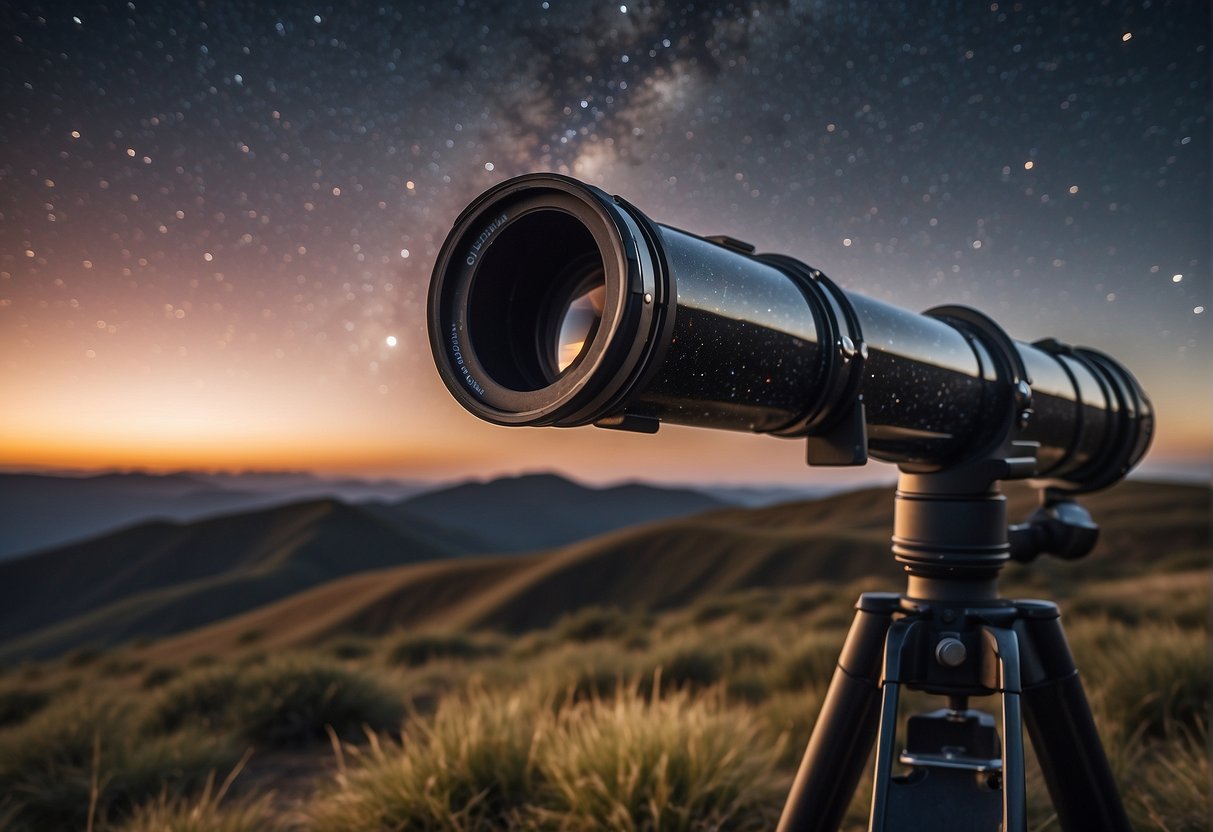
In the intersecting realms of art and science, space photography stands as a testament to human curiosity and exploration. Effective sharing and publishing of your cosmic captures can amplify their impact and spread the boundless wonders of the universe to a wider audience.
When presenting your work, a well-organized portfolio is essential. It serves as a visual résumé, showcasing your skill and personal style. Your portfolio should be:
For digital displays, consider a platform tailored to visual arts, where the quality of your images can be fully appreciated. Ink should translate to pixels without losing the intricate details that make space photography captivating.
In terms of video, ensure a high resolution and use editing software to mesh your images with narratives or music, turning stills into engaging stories about the cosmos.
Leveraging social media strategically can also expand your reach. Channels like Instagram or YouTube are immense platforms where art and science converge, allowing your work to spark conversation and wonder among diverse audiences. Build your presence by posting consistently and engaging with the community to foster an interest in space photography.
In the realm of space photography, enthusiasts often have a plethora of inquiries about how to capture the majesty of the cosmos. This section addresses some of the most common questions, offering a glimpse into the intricacies of astrophotography.
High-quality space photography typically requires a sturdy tripod, a camera capable of manual settings, a wide-aperture lens, and often a telescope with a mount that can track the movement of the stars. Additionally, a remote shutter release can prevent camera shake during long exposures.
Long-exposure in astrophotography involves using a slow shutter speed to allow more light to reach the camera’s sensor, which is essential for capturing dim celestial objects. This process can create stunning images of the night sky, but requires a stable setup to avoid blurry photos caused by the Earth’s rotation.
Colors in space photographs are often processed from raw images. These images are taken through different filters that map various wavelengths of light. Astrophotographers then combine these images, assigning each a color that corresponds to its wavelength, to create a composite image that human eyes can interpret.
Photographers face challenges such as light pollution, atmospheric distortion, and the need for precise timing and exposure settings. They also must contend with the Earth’s movement, which can blur images if not properly compensated for with tracking equipment.
Space photography technology has evolved from the days of film photography to advanced digital sensors that can capture light from faint objects over long exposures. Innovations in telescope design and mounting systems have also enabled photographers to take clearer, more detailed photos of the cosmos.
Photographers capture detailed images of the Milky Way using techniques like stacking, where multiple images are taken and combined to reduce noise and enhance details. They also employ wide lenses to capture broad swathes of the sky and often shoot during the new moon phase to minimize light interference.